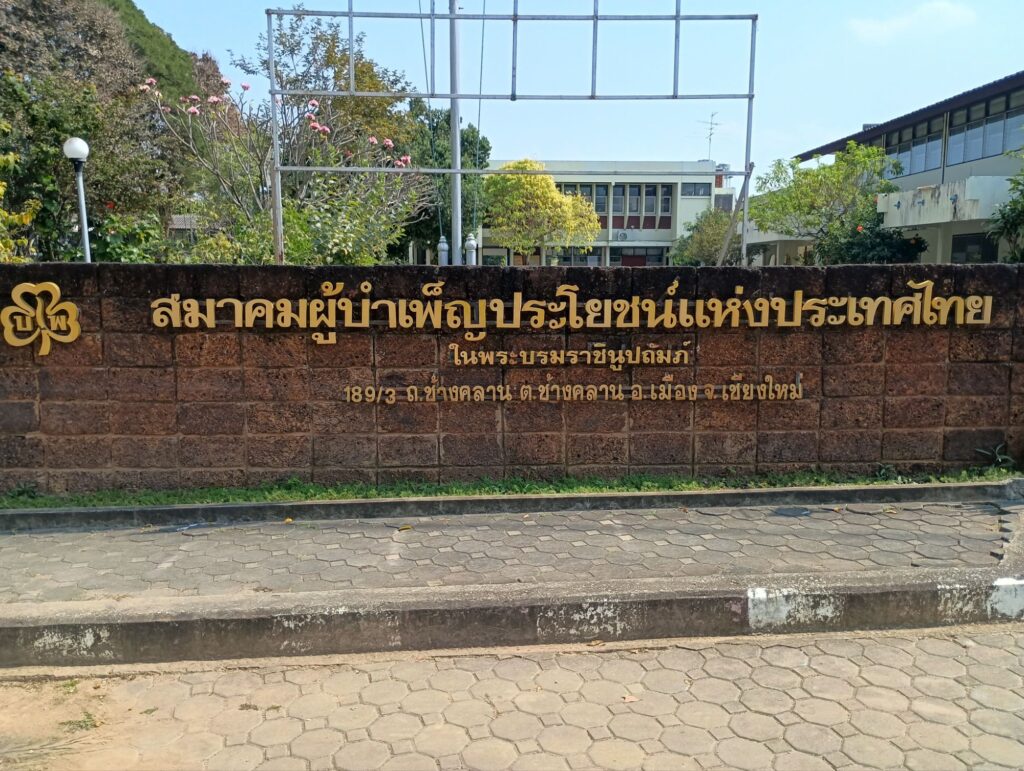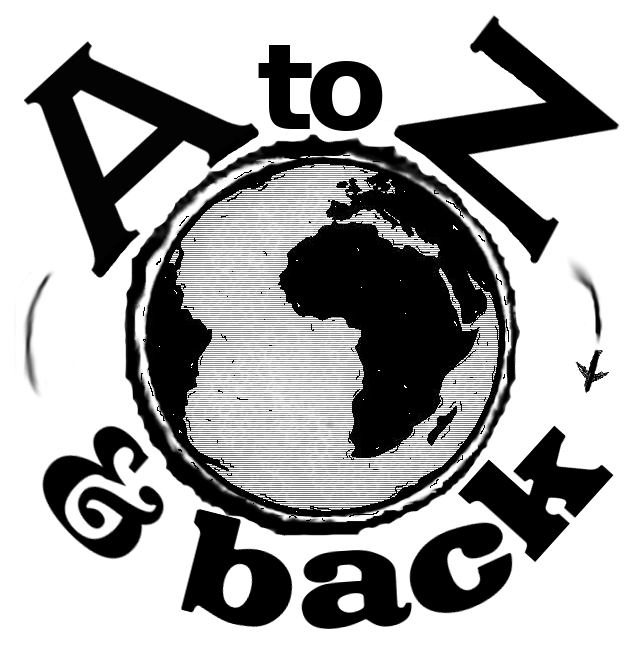
You may already know that I went to Thailand last week to present on A−Z+T and Phonology First, the philosophical underpinnings of A−Z+T and other participatory linguistics research methods. But I learned a lot, too, so I want to put some of that down now. I want to remember what I learned, but also it will likely shape my agenda for this year, so I want to think through (and share) what my work will look like, in light of this conference.
What I came to say
First of all, my A−Z+T presentations (same one twice, for different audiences) felt like a firehose to me, as I did 3-4x what I would normally show someone in an hour, but in only 40 minutes. :-& Though others said it was helpful to see the tool working, so I’m glad. My second presentation (on Phonology First) was likewise received well, but intentionally had a slower pace. I wanted to present minimally, then let people talk as much as possible, which largely happened. We could have easily used more than an hour, but I think we made progress in the 40 minutes we had. I could see that some people were grappling with the implications of how we work for the first time. But also, some people had issues with the question that I hadn’t expected.
What I learned
In feedback to these two presentations, and in lots of other presentations an side conversations, I would say the biggest impact on me was seeing the breadth of script issues to be addressed.
Perhaps the most complicated example, but also ready at hand, was the Thai writing system. I went into one presentation on tone in the Thai writing system thinking “Cool; their national script already writes tone, so that will be nice”. But they do write tone: in diacritics (marks above/below other characters), in different symbols for the same consonant, and in a character that is silent in one position, but [h] elsewhere. So the complexity of this system took awhile to fit into my head (to the extent it actually did) so I couldn’t imagine using it as a basis for teaching people to read from scratch in a new language.
Add to this, that many linguists working on Asian languages think primarily in terms of syllables, with words largely being one syllable, sometimes two. But there are different types of syllables, starting and ending in different ways, and having different weight on the vowel. None of this is very important for our work in Africa. Most Bantu syllables are a consonant and a vowel, which in some languages may be long.
Add to this that the Thai writing system has a default vowel, so if a vowel isn’t specified, you know which one it is. If there’s a vowel there, which doesn’t have to be. So a word written with three consonants only may be CVCC, CCVC, or CVCVC, at least. Fluent Thai readers know that one of those is a word and the others aren’t, but this means you can’t just teach a computer to analyze syllable profiles from letters —as A−Z+T currently does.
Add to this the breaking of syllables. Say you have CVCCV, apparently it isn’t clear if this would be pronouced CV.CCV (a light syllable followed by a complex onset), CVC.CV (a heavy syllable followed by a simple onset), or CVCC.V (a heavy syllable with a complex coda, followed by a syllable without an onset).
Or so I’m told. But if even half of this were correct, it would mean I need to rethink my assumptions.
Assumptions
So there are a number of basic assumption that we use just fine in Africa, which may be getting in the way of bringing these methods to Asia.
The first is that people are literate in a language of wider communication. I have visited places with very low literacy (e.g., two high school grads in the entire people group), but I have never been someplace where we couldn’t find several people literate in whatever language is used in school (and/or the government and/or the marketplace). But apparently there are lots of corners of Asia like this, so we would run into trouble immediately (i.e., with “Please write down the following words using another alphabet”)
The next is that the language of wider communication uses an alphabetic script. You may not think much of this, but one thing A−Z+T does is categorize words according first, second, third, etc consonant and first, second, third, etc vowel. This is how words are sorted, and this is how words are corrected. But what if the words were written down in a system that doesn’t particularly respect spoken vowels and consonants? The default vowel system (for Thai, above) is one way, where a null vowel would need to replace or be replaced by a letter. Or, if the writing system represented syllables as a whole, to change a vowel or consonant group one would need to replace part of that syllable character.
A third, related assumption, which I’ve known for some time isn’t the best, is that word form drafts and glosses are sufficient to refer to a particular word. This came up because of the first assumption above, leading people to refer to words only with pictures (and to prevent bias, etc). A number of us raised concerns about a picture being able to always refer to the same word (e.g., as opposed to a picture of a boy eating referring alternatively to “boy”, “spoon”, or “eat”, among others), and I realized that this has actually been a problem for me in the past. I have typically told people to look at both the draft word form and the other language glosses, to make sure they have the correct word in mind. And more recently I have added pictures, to make the reference more clear. But I think that is still in the realm of more clear, not absolutely clear.
Paths forward
So given the difficulty using another language’s script to access what is in a semi-literate person’s head, and the difficulty of using that script as a draft toward a final writing system, along with the fact that form drafts are never absolutely clear in their reference, I think I need to move towards audio sound files for initial word list collection —at least for languages where these assumptions don’t hold.
Reference would need to be resolved on the basis of these sound files, so they would need to play on demand, e.g., whenever one hovers over the image/gloss, or on a right-click.
Because there would be no draft writing system for the sorting process to use, the consonants and vowels would need to be built up gradually, and words are sorted.
Because we have no draft writing system for the syllable profile analysis to use, words would need to be sorted on syllable profile, as they are currently sorted on consonants, vowels, and tone. This would mean that the syllable profile would move from being an abstraction/analysis from given segments to data proved by the user through the sort process.
Somewhat tangentially, this would address two other concerns that I have had. First, it hasn’t been clear how to help people take recordings early in the process. It may not be obvious why these are useful, but they are critical for anyone helping who doesn’t speak the language. Second, it is painful to watch some people type, and I have thought for some time that we should find a way to make that easier. I have been thinking of looking to an AI automatic speech recognition engine for this, but I think simply starting with recordings is a more straightforward workflow.
Complications
Having people who are semi-literate in a non-alphabetic writing system sort their words by syllable profile is doable, I think, though this exposes another assumption I have used in A−Z+T: consonant and vowel checks can be easily and automatically derived from syllable profiles. That is, I expect people would differentiate just fine between words with two full syllables and one with one of them being light (~1.5 syllables), but would the see the nucleus of each of those syllables as a vowel? Should we? Are they even able (or trainable) to see words in terms of their various consonants and vowels, if they are expecting to think in terms of syllables?
Because we are testing components of the syllable profile (e.g., various placements of consonants and vowels), the components of the syllable profile need to be constrained to what can be tested —users shouldn’t be able to describe syllables however they like. This is different from naming consonants, vowels, or even tone groups. These are simply labels used to describe a group of words. But if your syllable profile is CVC you have one vowel check (V1), if your syllable profile is CVCV, you have three (V1=V2, V1, and V2). So either syllable profiles need to be named/described with the categories we already sort (and users will need to not use other categories in describing their syllable profiles), or we’ll need to sort on new categories (which I think is not a good idea).
Another complication to address is the fact that the assumptions above work great for some languages, but not for others, so we’ll need to set up some way to tell the difference, and put the user onto one work flow or another. Options to date are:
- collect words with letters or sounds? (I have a roman LWC that I know well, or not)
- collect second forms and confirm grammatical category or not (or later?)?
- collect Comparative African Word List or anther (SOAS, Indian)
- If collecting sound files, in A−Z+T, or in another program (e.g., phone app)?
Summary
As crazy as the above sounds (to me, anyway) I look forward to the idea of including a lot more languages into the group that can work on their own writing systems with minimal outside help. It will be more work for me to figure out how to do it, but it should be worth it, as my work is multiplied across the remaining people groups in need of writing systems.


2 Comments
Taryn · February 20, 2025 at 7:06 am
Wow! Thanks for this great summary of your trip. It sounds like you’ve got a lot to figure out and some assumptions to rework. I’m glad that it sounds like you’re energized and hopeful to work on it, and I’ll be praying that you get encouragement along the way and that it goes well. I think it sounds really promising. Well done!
Kent · March 4, 2025 at 1:21 pm
Yup, I’m excited to move on; thanks for the encouragement!